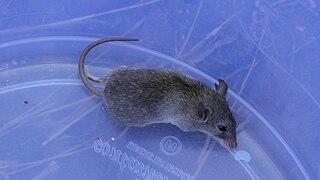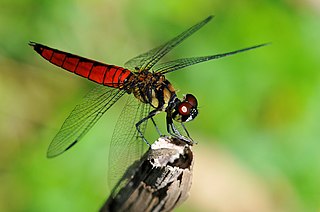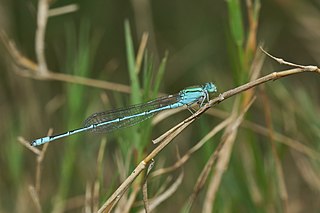
The hammerhead sharks are a group of sharks that form the family Sphyrnidae, commonly referred to as ‘hammerheads’ for the unusual and distinctive form of their heads, which are flattened and laterally extended into a cephalofoil. The shark’s eyes are placed one on either end of this T-shaped structure, with their small mouths directly centered and underneath. Most hammerhead species are placed in the genus Sphyrna, while the winghead shark is placed in its own genus, Eusphyra. Many different— but not necessarily mutually exclusive—functions have been postulated for the cephalofoil, including sensory reception, manoeuvering, and prey manipulation. The cephalofoil gives the shark superior binocular vision and depth perception.

The International Union for Conservation of Nature (IUCN) Red List of Threatened Species, also known as the IUCN Red List or Red Data Book, founded in 1964, is an inventory of the global conservation status and extinction risk of biological species. A series of Regional Red Lists are produced by countries and organizations, which assess the risk of extinction to species within a political management unit.

Red-cheeked squirrels are species of squirrels in the genus Dremomys in the subfamily Callosciurinae. The six species which are all found only in Asia are listed as "Least Concern" by the IUCN.

The Indian black turtle or Indian pond terrapin is a species of medium-sized freshwater turtle found in South Asia.

The mountain robin, also known as subalpine robin, alpine robin or cloud-forest robin, is a species of bird in the family Petroicidae. It is found sparsely throughout the New Guinea Highlands.

The Burmese whiskered myotis or Burmese whiskered bat is a species of vesper bat. It is found in China, India, Myanmar, Laos, and Vietnam.
The white-tailed mountain vole is a species of vole in the family Cricetidae. It is found in India and Pakistan.

The Cutch rat or Cutch rock-rat is a species of rodent in the family Muridae.

Edwards's long-tailed giant rat is a species of rodent in the family Muridae. It is found in China, India, Indonesia, Laos, Malaysia, Burma, Thailand, and Vietnam.
The buff-banded thicketbird or buff-banded bushbird is a species of Old World warbler in the family Locustellidae. It is found in Indonesia (Timor) and East Timor.

The two-banded warbler is a species of bird in the family Parulidae. It is found in Argentina, Bolivia, Brazil, Guyana, Peru, and Venezuela. Its natural habitats are subtropical or tropical moist montane forests and heavily degraded former forest.

Lyriothemis tricolor is a species of dragonfly in the family Libellulidae. It is found in Bangladesh, China, India, Japan, Myanmar, and Taiwan.

Lyriothemis is a genus of dragonfly in the family Libellulidae and belong to the suborder Anisoptera, found in eastern Asia. Some members of this genus lay their eggs in water-filled crevices and holes in trees and fallen logs.

The giant mole shrew is a species of red-toothed shrew native to the southeastern slopes of the Himalaya of Bhutan and India.

The blue riverdamsel, Pseudagrion microcephalum is a common species of damselfly in the family Coenagrionidae. It is also known as the blue sprite and blue grass dart.

Pseudagrion decorum, elegant sprite or three striped blue dart, is a species of damselfly in the family Coenagrionidae. It is found in many tropical Asian countries.

Scutia myrtina is a species of plant in the family Rhamnaceae. It is commonly known as cat-thorn.
Diplocolea is a monotypic genus of liverworts belonging to the family Solenostomataceae. The only species is Diplocolea sikkimensis. It is found in the eastern Himalayas in India and Nepal. The species is endangered, and is threatened by habitat loss.

The Roraiman warbler is a species of passerine bird in the new world warbler family Parulidae. It is known to associate with Tepui rainforest ecosystems and is found in southern Venezuela, western Guyana, and adjacent areas of northern Brazil. The bird has been periodically granted full species status, although it has also been occasionally considered a subspecies of two-banded warbler. Based on the population's physically disparate distance from the nominate species, vocal differences, and slight differences in plumage, several authorities consider the Roraiman warbler independent. Recent genetic evidence also indicates the birds of northern South America are significantly diverged from the two-banded warbler populations in the Andes.
















